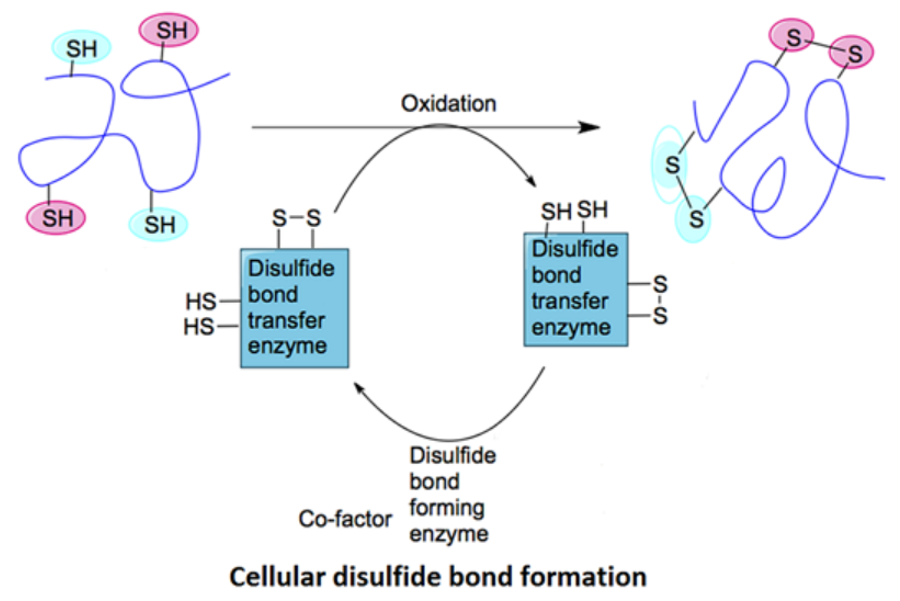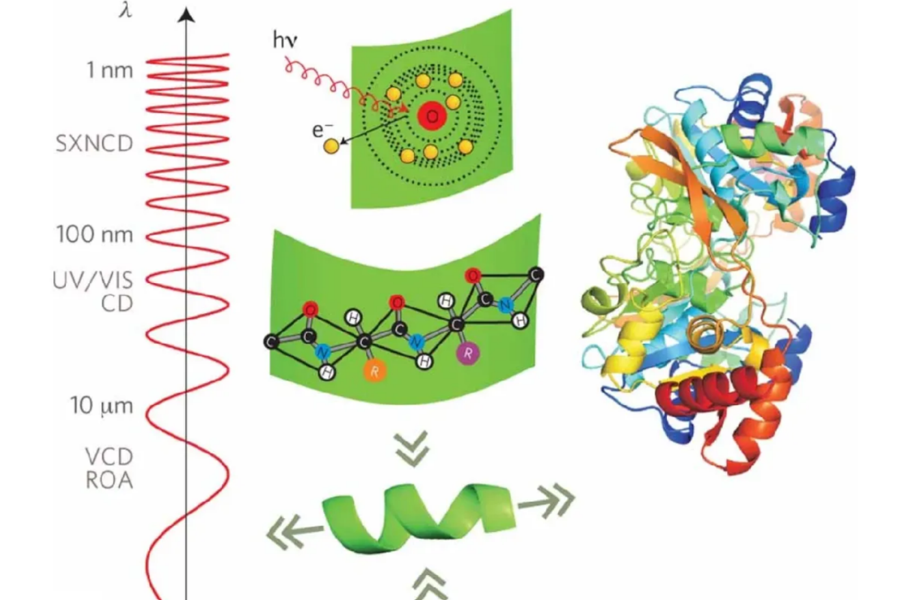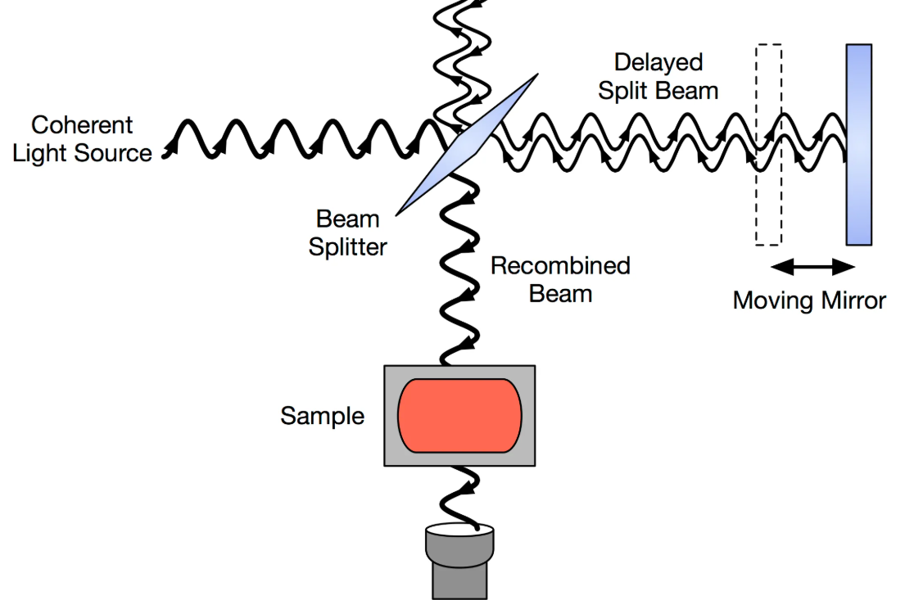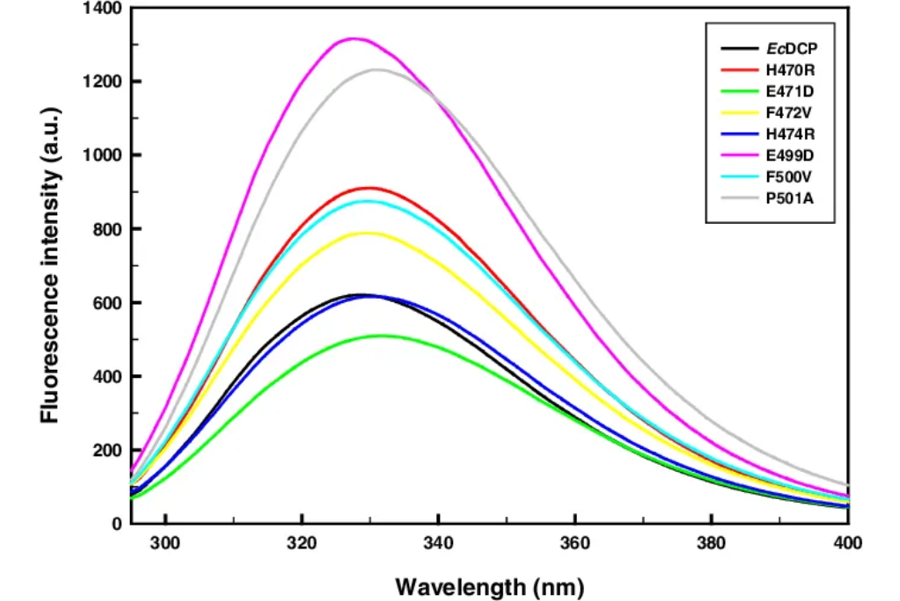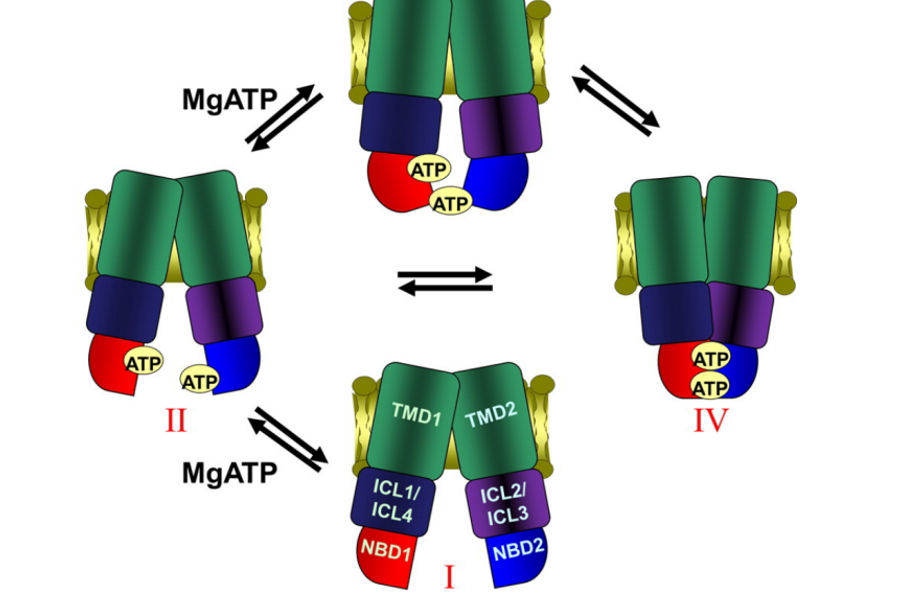Glycoprotein Secondary Structure Analysis Service
Glycoproteins are a diverse class of biomolecules consisting of a polypeptide backbone covalently linked to one or more carbohydrate chains. They play essential roles in biological processes including cell signaling, immune recognition, enzymatic activity, and structural support. The biological function of a glycoprotein is closely related to its three-dimensional conformation, and the secondary structure forms the fundamental scaffold upon which higher-order structures are built. Secondary structure refers to the regular arrangements of the polypeptide backbone such as alpha-helices, beta-sheets, and turns stabilized primarily by hydrogen bonds.
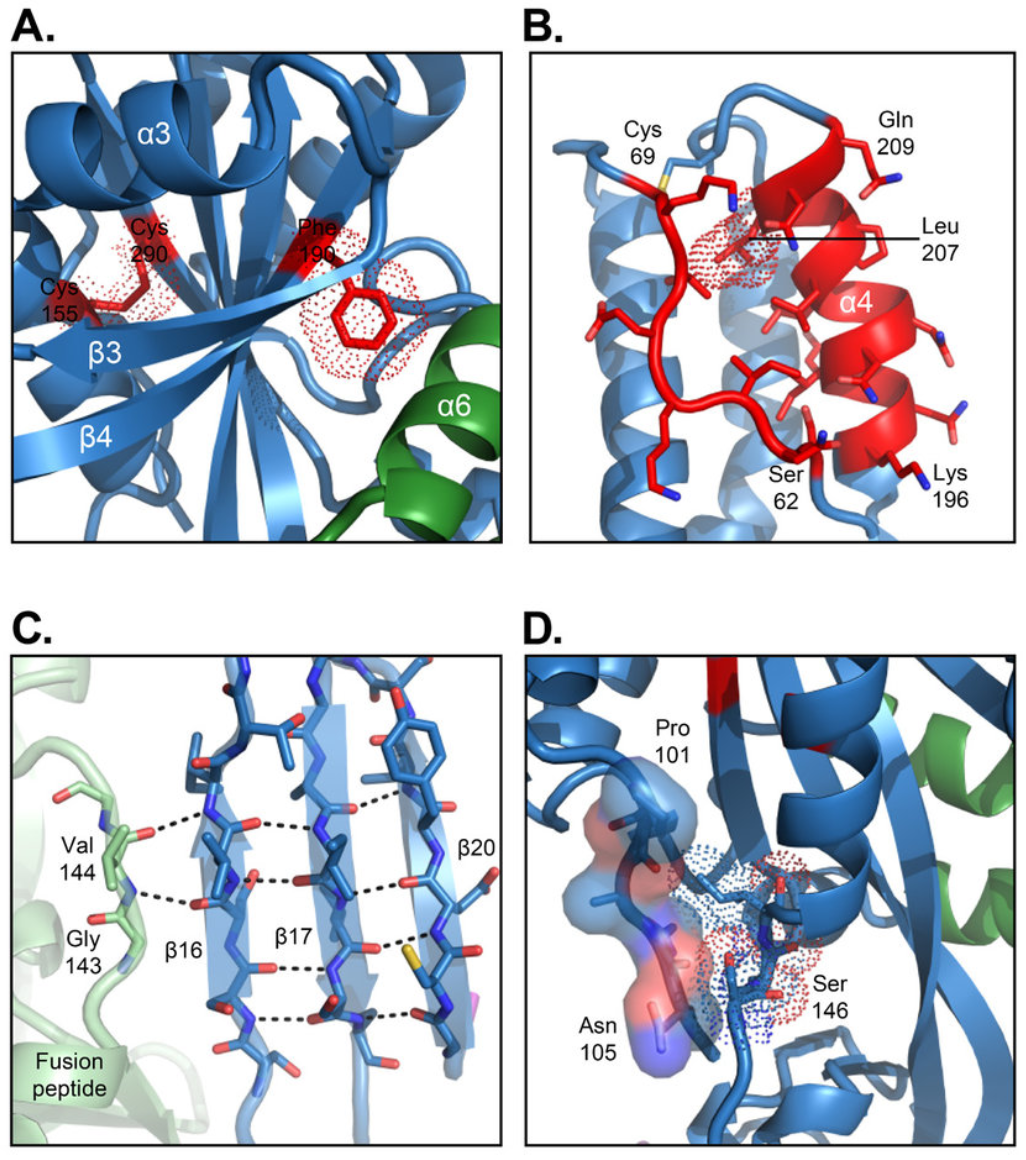
Figure 1. Atomic-Level Details of the RSV B18537 F Glycoprotein Structure
Determining the secondary structure of glycoproteins provides valuable insights into their folding, stability, and functional mechanisms. Glycosylation can influence protein folding pathways, stabilize certain structural motifs, or induce conformational changes that affect activity and interactions. Therefore, accurate secondary structure analysis is essential in fields ranging from basic biological research to the development and quality control of therapeutic glycoproteins.
Service at MtoZ Biolabs
MtoZ Biolabs offers a comprehensive Glycoprotein Secondary Structure Analysis Service designed to deliver high-quality structural insights for glycoproteins in research, manufacturing, and regulatory contexts. Our advanced analytical platform integrates multiple complementary techniques to ensure accurate quantification of secondary structure elements.
💠Structural Modeling
We apply state-of-the-art computational tools to predict and visualize glycoprotein secondary structures, integrating molecular dynamics simulations, homology modeling, and glycan–protein interaction analysis. These models serve as a framework for interpreting experimental data and understanding the structural impact of glycosylation.
💠Experimental Characterization
Our experimental characterization capabilities combine multiple high-precision structural biology techniques to ensure accurate secondary structure determination of glycoproteins. Using X-ray crystallography, we capture atomic-level details of crystalline glycoprotein samples, while nuclear magnetic resonance spectroscopy enables conformational analysis in solution and detection of dynamic structural features. Circular dichroism spectroscopy provides rapid and sensitive estimation of secondary structure composition, as well as monitoring of conformational changes under varying conditions. Fourier transform infrared spectroscopy complements these methods by probing hydrogen bonding patterns and backbone conformations through characteristic amide band analysis. By integrating these approaches, we generate a comprehensive and reliable structural profile that reflects both static and dynamic aspects of glycoprotein architecture.
Service Advantages
✔️Advanced Multi-Platform Technology
Integration of structural modeling with X-ray crystallography, NMR spectroscopy, circular dichroism, and FTIR ensures comprehensive and reliable secondary structure analysis for glycoproteins.
✔️Expert Scientific Team
A team of experienced structural biologists and glycoprotein specialists provides deep technical insight, accurate data interpretation, and regulatory-compliant reporting.
✔️High Efficiency and Data Quality
Optimized workflows deliver high-quality results with fast turnaround times, ensuring timely support for research, development, and quality control needs.
✔️Customizable Solutions
Tailored analysis strategies are designed to meet diverse project goals, whether for academic research, industrial production, or regulatory submissions.
Applications
1. Biopharmaceutical Development
The Glycoprotein Secondary Structure Analysis Service helps confirm that therapeutic glycoproteins retain their intended secondary structure during cell line development, upstream production, downstream purification, and formulation. By detecting subtle structural deviations, it supports stability studies, comparability assessments between production batches, and biosimilarity evaluations required for regulatory submissions.
2. Basic Biological Research
Researchers use the Glycoprotein Secondary Structure Analysis Service to explore the relationship between glycosylation and protein folding, stability, and function. By providing accurate secondary structure data, it allows scientists to link specific structural features to biological activity, protein–protein interactions, and conformational dynamics under different experimental conditions.
3. Food and Nutritional Science
In the food industry, secondary structure analysis is applied to understand how processing conditions such as heat treatment, pH adjustment, or enzymatic modification affect the conformation of glycoproteins. This helps relate structural stability to functional properties like emulsification, gelation, and nutritional value.
4. Protein Engineering and Design
The service supports the characterization of engineered glycoproteins by confirming whether designed mutations, domain swaps, or glycan modifications achieve the desired structural effects. It provides evidence-based feedback to guide optimization in protein engineering projects.
Sample Submission Suggestions

All samples should be collected under sterile conditions, kept on ice during processing, and stored at –80°C prior to shipment. Ship samples on dry ice with proper labeling and accompanying documentation.
If you have special sample types or require additional guidance, please contact us for personalized support before sample preparation.
FAQ
Q1: How do you ensure reproducibility in secondary structure measurements?
A1: We use standardized sample preparation protocols, instrument calibration before each run, and replicate measurements. Data processing is performed with validated software and reference datasets to maintain consistency.
Q2: What steps are taken if the sample contains multiple glycoprotein species?
A2: We can apply additional separation techniques such as chromatography or electrophoresis before structural analysis, or use deconvolution methods to resolve overlapping spectral contributions from different species.
Related Services
Protein Secondary Structure Analysis Service
How to order?







